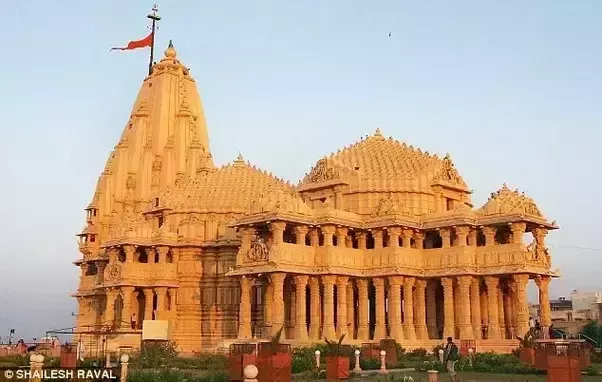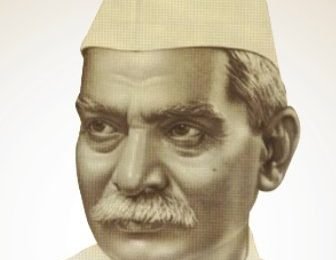somnath Raid- When mahmud, the hunter Became the hunted
A Positive And Alternative Narrative: Mahmud’s last great raid was probably his the lowest point in India, that Hindu princes could unite despite their differences, that they adopted a proactive stand in matters of national defense at least on one occasion. This narrative might not be 100% accurate or flawless; still we need to explore more of this to counter the gloomy negativity that surrounds our memory of Somnath raid.




Do we have a historically provable account of plundering of Somnath for 16 times including years of insult and kings in charge?
I would be grateful if you could point me to the reading material for the same. I feel these claims may not be entirely true.
— Mitt.
No, he only raided somnath once in 1026. All other raids were on other parts of India (many of them limited to north-west of India). You can read this book.
https://library.bjp.org/jspui/bitstream/123456789/189/1/Kanaiyalal%20Maneklal%20Munshi-Somnath_%20The%20shrine%20eternal%20%28Bhavan%27s%20book%20university%29-Published%20for%20Hindustan%20Cellulose%20%26%20Paper%20Co.%20by%20Bharatiya%20Vidya%20Bhavan%20%281952%29.pdf
Well, Mahmud is glorified as plundering India 16 times, but the reality is that of his 17 attacks, 14 attacks are directed towards Shahis and their allies, Multan and Kashmir. It’s not exactly a grand invasion of India, it’s just..two neighbours fighting each other. In fact, plunder of Gwalior and of Somnath are the only two military achievements of his – and he never dared enter India after Somnath.